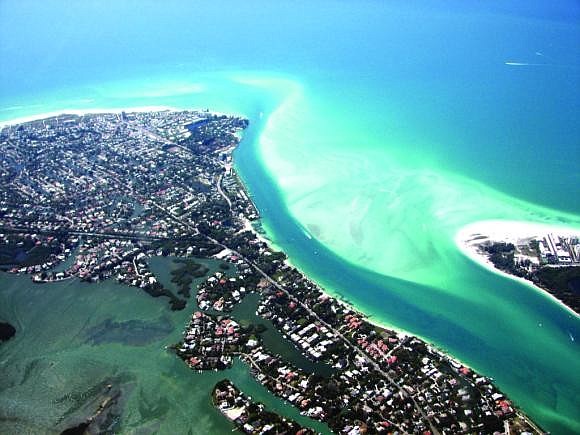- April 18, 2024
-
-
Loading

Loading

The Siesta Key Chamber of Commerce announced its opposition to an Army Corps of Engineering proposal to mine Big Pass for Lido Beach sand in a statement Monday, highlighting a rising tide of resistance to the $22.7 million, 50-year project among Siesta residents and businesses.
The Siesta Chamber’s move came one week after the Siesta Key Association officially announced its opposition to the Army’s proposal. The Chamber is foreshadows that the Siesta Key Village Association will follow suit soon.
The Sarasota County Commission will address the Big Pass dredge in March, spurring Siesta Key business owners and residents concerned about the potentially negative impacts of the dredge on Siesta beaches to mount opposition to the project and leverage county commissioners to intervene.
“My sense is that there will be more to come in support of our opposition as we near the date when this becomes part of the County Commission’s agenda sometime in March,” Siesta Chamber Board Chairwoman Maria Bankemper wrote in an email.
The Siesta Key Chamber, which represents the island’s businesses and comprises more than 500 members, moved to oppose the dredge by a unanimous vote at a Jan. 16 board meeting. On Jan. 27, Bankemper advised the County Commission of the chamber’s position.
The Siesta Chamber’s move to formally oppose the dredge marks a shift in business and homeowner group strategy on Siesta Key, which had until recently shied away from formally opposing the project before the Army had released all of its data.
But, the upcoming commission hearings and worries about the Army Corps filing for permits have injected urgency into the perceived need for more scrutiny of the Army’s plans.
In Monday’s statement Bankemper added that the chamber “is in support of the current public position taken by the Siesta Key Association.”
SKA pointed to the Army Corps’ use of inadequate and flawed data to predict the consequences to Siesta beaches as the driving force behind the association’s surprise Jan. 9 decision to oppose the project.
Following pushback from some board members, the association ultimately qualified its resistance to the dredge, however, with the words: “Based on the current data available.” SKA board members — concerned about being shut out of the debate by taking too entrenched of an adversarial position — maintain they are willing to re-examine the dredging plans following the outcome of public hearings and an independent peer review of Army Corps’ predictive models.
Bankemper also suggested that the SKVA, which has not yet taken a position on the project, will announce its formal opposition to the dredge soon.
“That would be all three entities on Siesta Key taking a position against the removal of sand from the shoal in Big Pass,” Bankemper said.
At a Jan. 22 Siesta Key Condominium Association meeting, County Commissioner Nora Patterson joined in the contrarian chorus.
“I want to hear from somebody other than the Army Corps,” Patterson said, referring to the need for an independent peer review of the Big Pass dredge. “I want this peer reviewed by someone without their wallets in the game.”
Patterson acknowledged that the County Commission would take up the issue in March, adding that the planned location of one of the project’s three erosion-control jetties — known as groins — on county property might give commissioners leverage to stall or altogether sink the project.
“The county may have some say in this,” Patterson said.